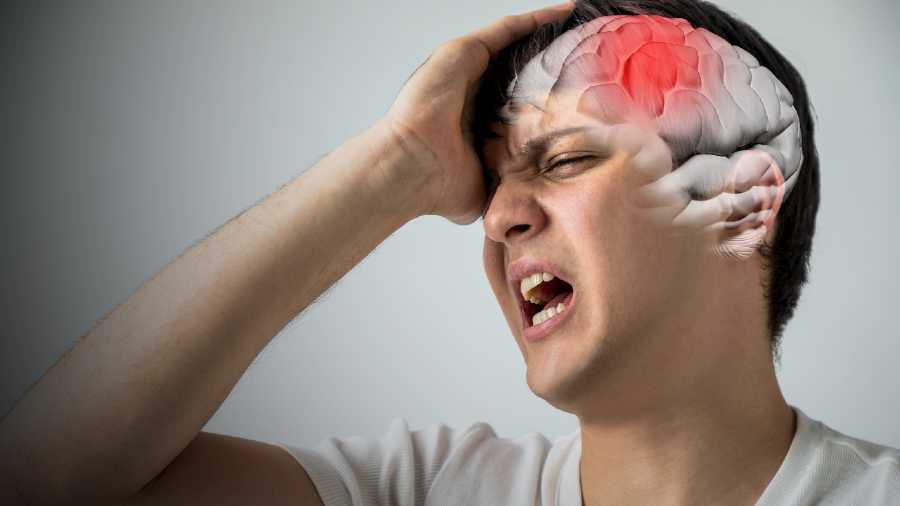A stroke is usually a catastrophic event that occurs when a part of the brain is deprived of blood supply. It may be due to a block in a particular area or bleeding into the brain. This can be unheralded. In some cases, in the days leading up to a major stroke, there are transient minor attacks with temporary loss of consciousness or inability to speak lasting up to five minutes.
Strokes usually occur in people over 65. They may have comorbidities such as obesity, diabetes, hypertension, high lipids, heart disease and inactive lifestyle or excessive alcohol intake. Men are more likely to be affected.
The Covid-19 pandemic has changed this. Many patients under 45 years, with no comorbidities, are suffering strokes after a coronavirus infection. It is confusing when a stroke is the first symptom of the infection, with a little fever and mild respiratory problems. The exact reason is not known, but it is most likely because the body develops a hyperimmune response and the blood becomes hypercoagulable. Large clots can lodge themselves in a major blood vessel, or multiple small clots can occur in several areas.
A stroke usually starts with confusion, an inability to understand what is being said or to follow simple instructions. Speech may be slurred and eyesight blurred. One half of the body may feel numb or weak and that side of the face can also begin to droop. The gait may also become unsteady.
Emergency evaluation is needed, including checking which side is predominantly affected. A clot or bleeding on the right side affects the left side. Biochemical tests have to be done for diabetes and lipid levels. An ECG and echo evaluates the heart. Imaging studies like CT scan, MRI scan and blood flow studies are also done.
If the stroke is due to a clot, an intravenous injection of recombinant tissue plasminogen activator (tPA) in the first 4-5 hours can restore the blood flow and aid full recovery. The clot can also be surgically tackled. Angioplasty and stents may prevent further clots.
Haemorrhagic strokes due to bleeding require a slightly different treatment. The blood pressure may have to be reduced and the bleeding areas clipped.
Most people recover partially or completely. But it can leave the person with weak muscles, difficulty in talking and swallowing, loss of recent or past memories, difficulty in thinking, unusual sensations, pain or tingling on the affected side, and personality changes with labile moods.
Recovery can be long and drawn out. During this process, one needs physical as well as emotional support. Medical conditions such as diabetes, hypertension and heart disease should be controlled with proper medication and regular check-ups.
Exercises for balance, strengthening and flexibility should be done for 30-40 minutes a day. Aids such as a walking stick should be used. Footwear should be comfortable and easy to be slipped on. Sandals should have a back strap. Otherwise, the feet can slip out of the slippers and cause falls.
Hydration with 2.5-3 litres of fluid per day is essential. And 4-6 helpings of fruits and vegetables should be eaten every day — they provide vitamins and antioxidants, and prevent constipation. Speech therapy may be required.
The writer is a paediatrician with a family practice at Vellore and the author of Staying Healthy in Modern India. If you have any questions on health issues, please write to yourhealthgm@yahoo.co.in











